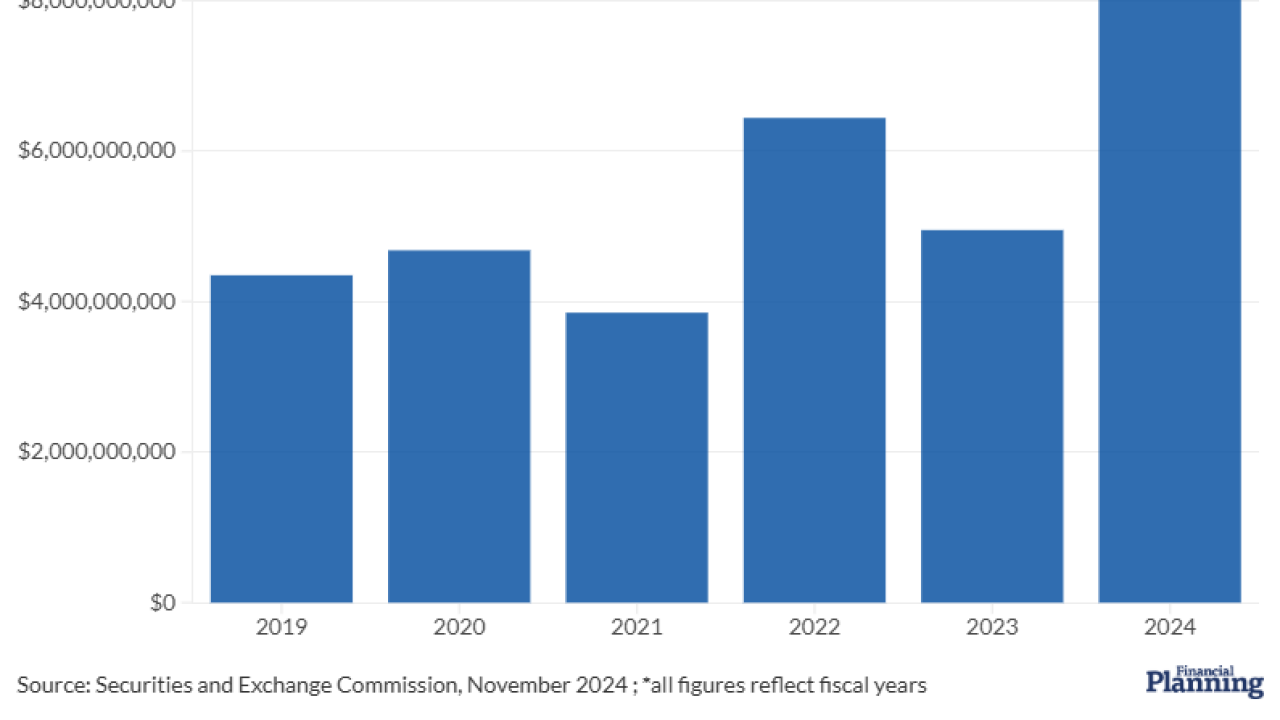Three years, eight extensions, and a pandemic later, the federal government's interest-free student loan payment pause is set to end this fall.
A provision in the debt ceiling deal between President Joe Biden and House Speaker Kevin McCarthy guaranteed the end of the long-running payment pause when it was signed into law earlier this month. According to the
According to
"Median scheduled payments on other debt obligations have increased by 24 percent for student loan borrowers likely returning to repayment," the researchers said. "In percentage terms, these increases are especially large for younger borrowers (252 percent, or $65 to $229)."
The Bureau found that 20% of borrowers, nearly 9 million people in total, have "risk factors that suggest they could struggle when scheduled payments resume."
Financial advisors say that anyone with outstanding student loans needs to act now to make sure they are prepared for the end of the payment pause. Here are the six most important steps borrowers should take and how advisors can guide them:






